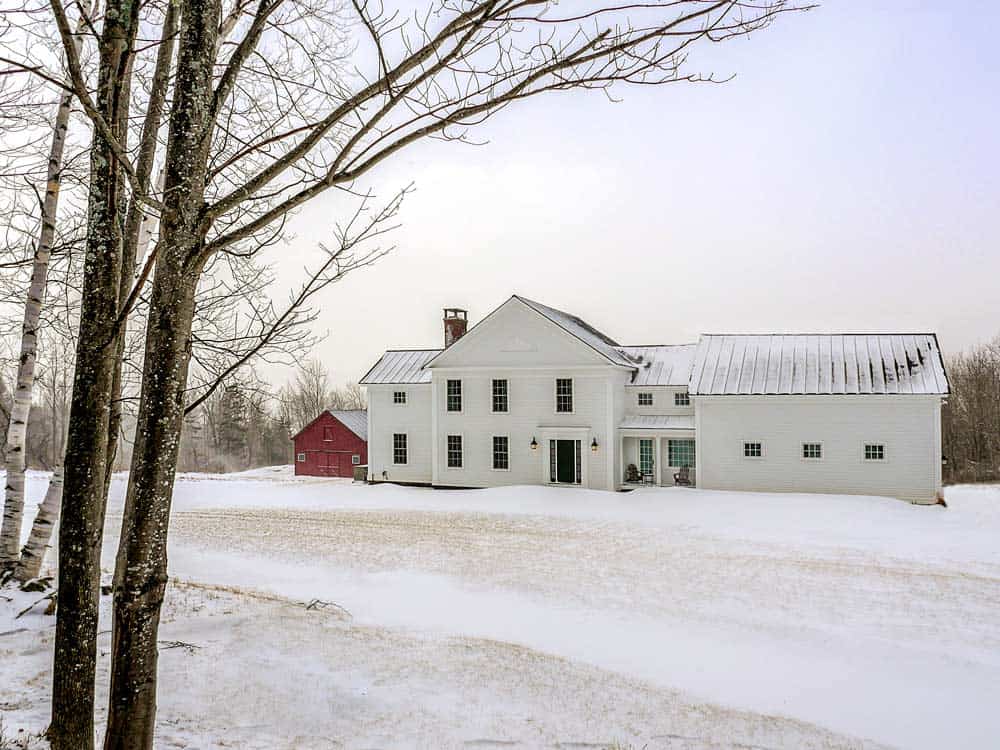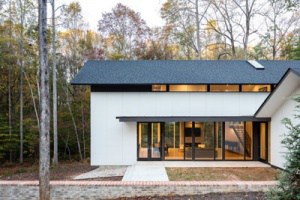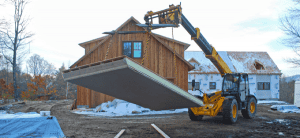Vermont is one of the many New England states that is dotted with historic buildings, charming farmhouses, and structures of all kind that still hold original framework and details. Living in an old house is a huge commitment and deciding what updates need to be made and how to renovate while still preserving the historic qualities can be difficult. Renovating Historic Vermont Houses can come with not only financial investment and unexpected complications for the contractors but an emotional dilemma for the homeowners.
It’s Hard to Say Yes to Restoration and Renovation
First things first, we want to emphasize that upgrading and renovating elements of historic buildings is not only ok but necessary. Often times these homes are sabotaging themselves with poor insulation, deteriorating foundations, and the ever-present threat of water damage. Renovating historic Vermont houses is a necessity, even when it can be hard to pull that trigger.
Making the necessary upgrades to an old house is part of what keeps it safe and preserves the history and value it holds, even if it can feel like a betrayal to bring new wood and new elements into the home. Just trust that experts know what needs to be done to preserve the value of the house without crossing the line and diminishing its value.
Restoration vs Renovation

Depending on the age of your house, your personal dedication to its history, or its cultural value, deciding between restoration or renovation may or may not be your decision. It’s important to note that there is a difference between the two, but one is not inherently better than the other. There is a time and place for restoring old buildings and there is a time and place for renovating old buildings.
Restoration is all about “putting back” what was already there or what would have been there. From historically accurate building materials to construction techniques to accurate finishes and styles, restoration is about preservation, not improvement.
Renovation is all about improvement, but that doesn’t mean you’re erasing history. Sometimes, renovation is necessary to make a home livable, to make it meet the codes for modern safety and accommodation expectations. You can fully renovate a home while still preserving the historic look and feel of a place, it’s all about what you want and what the home needs.
Embrace Non-Threatening Quirks in Historic Renovation

As it was put in a Curbed article, one step to finding the line of what can stay and what needs to go is all about “embracing the non-threatening quirks”. The other side of that is accepting what is threatening to your home. We can keep all of the odd nooks and bends and oddly shaped closets, but sometimes things need to be upgraded for the safety of the building. It’s all about figuring out which quirks can stay, and which elements go beyond “quirk” and become detrimental to the structure of the building or the ease or safety of the occupants.
Check out come of the houses we have renovated and built on our recent work page.






